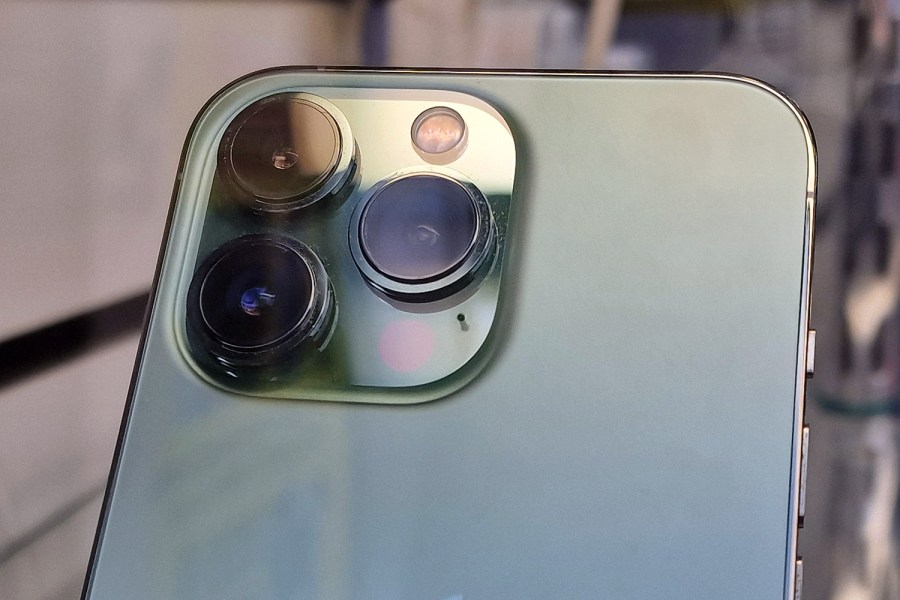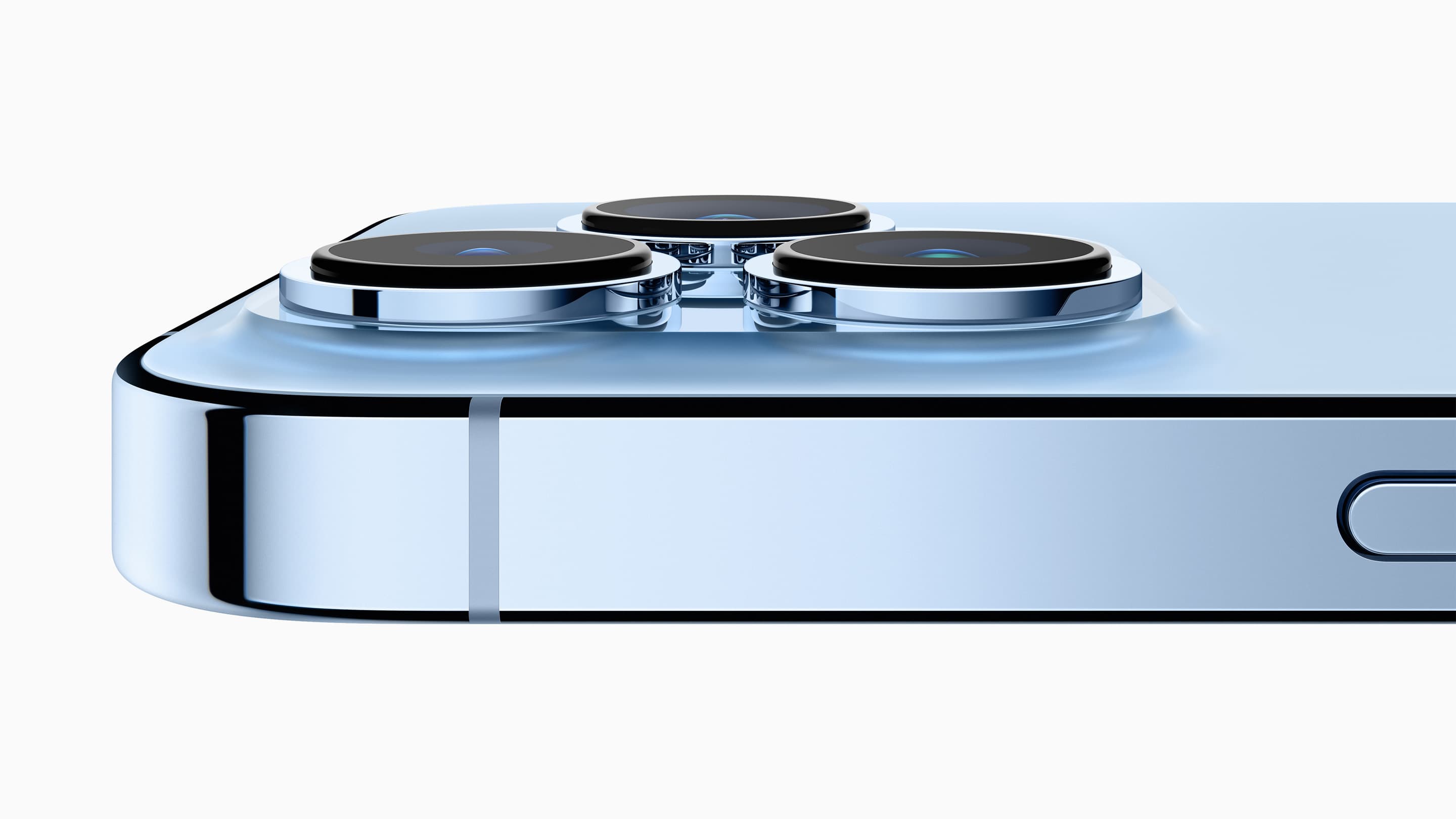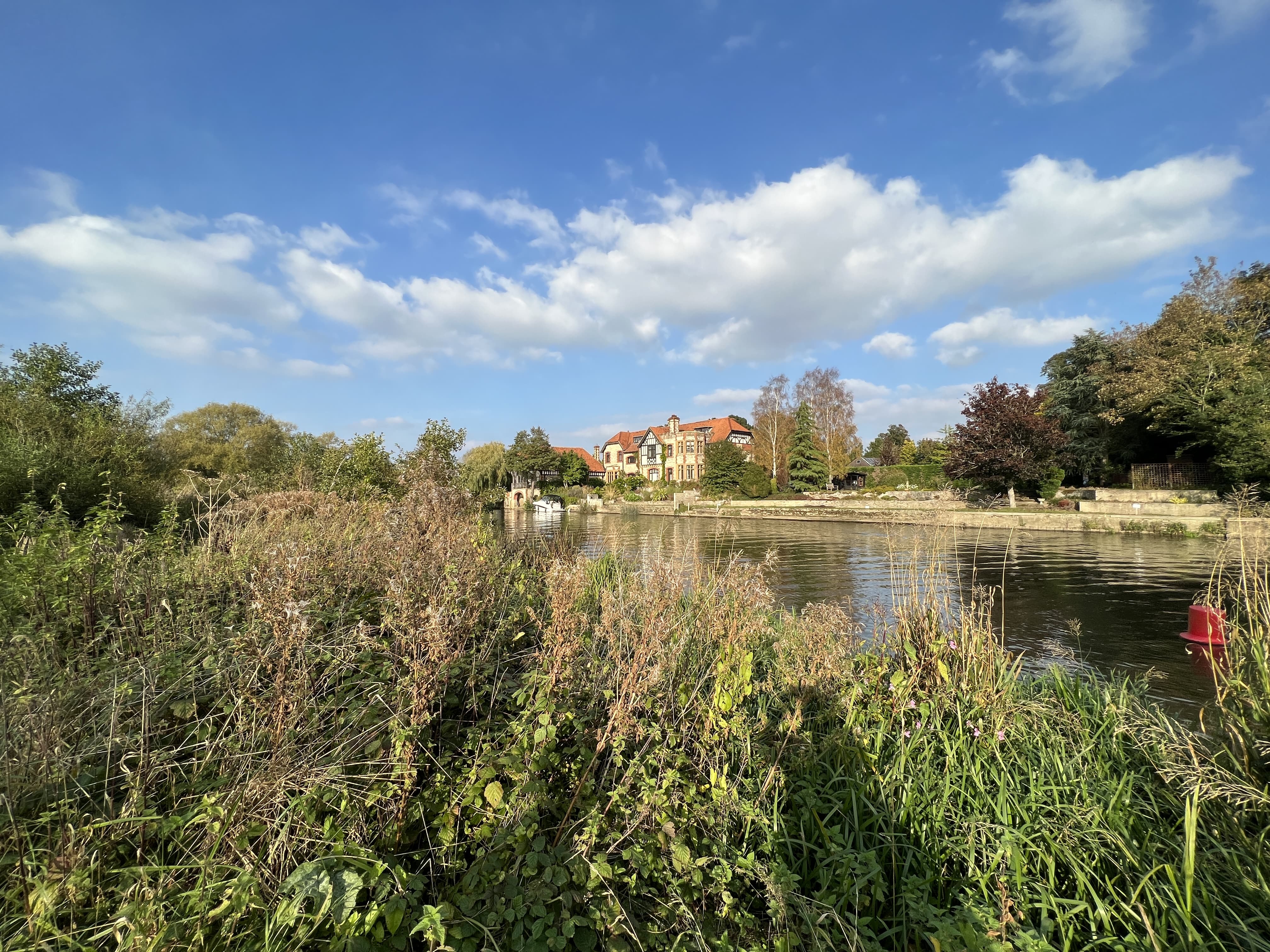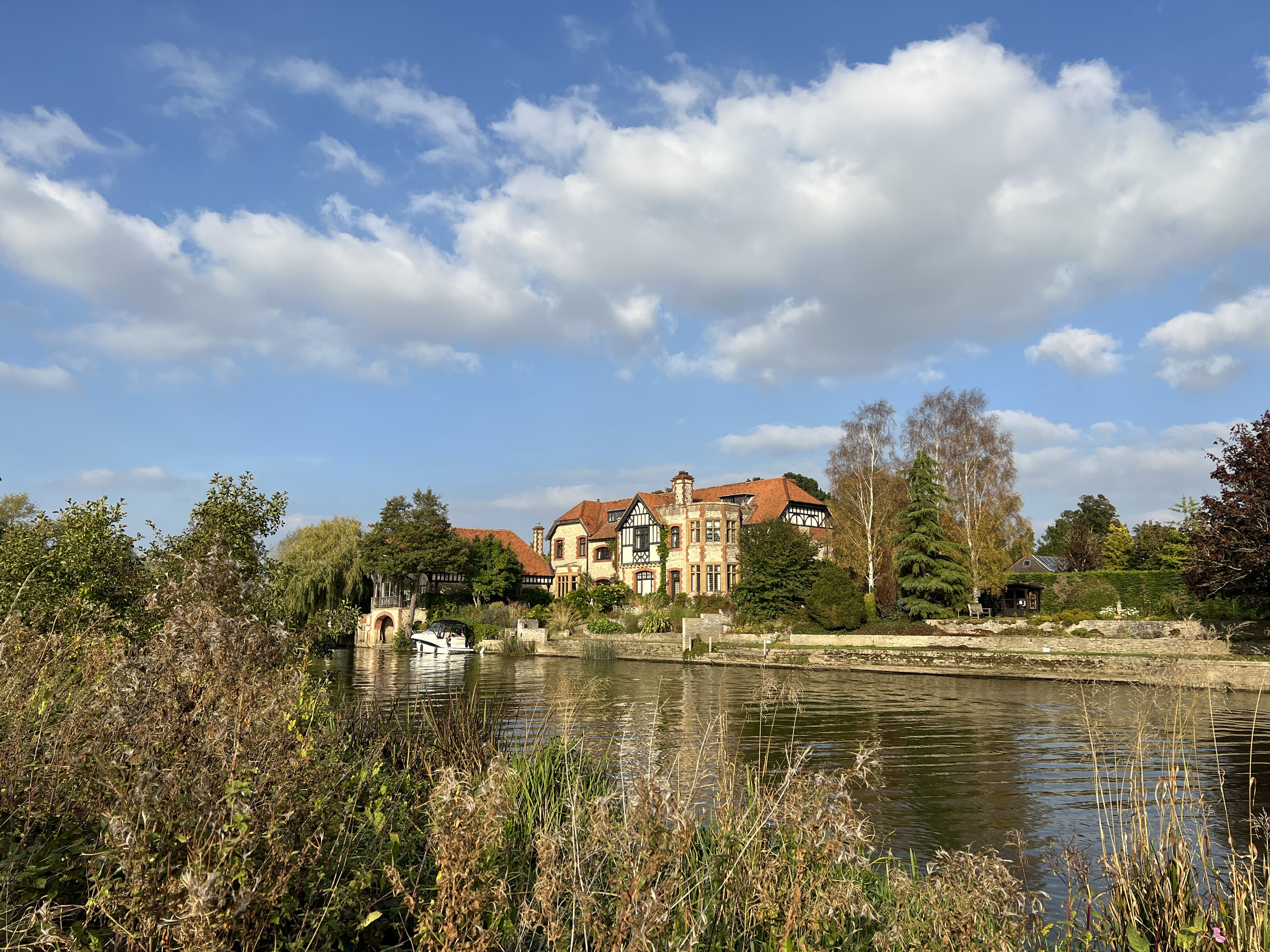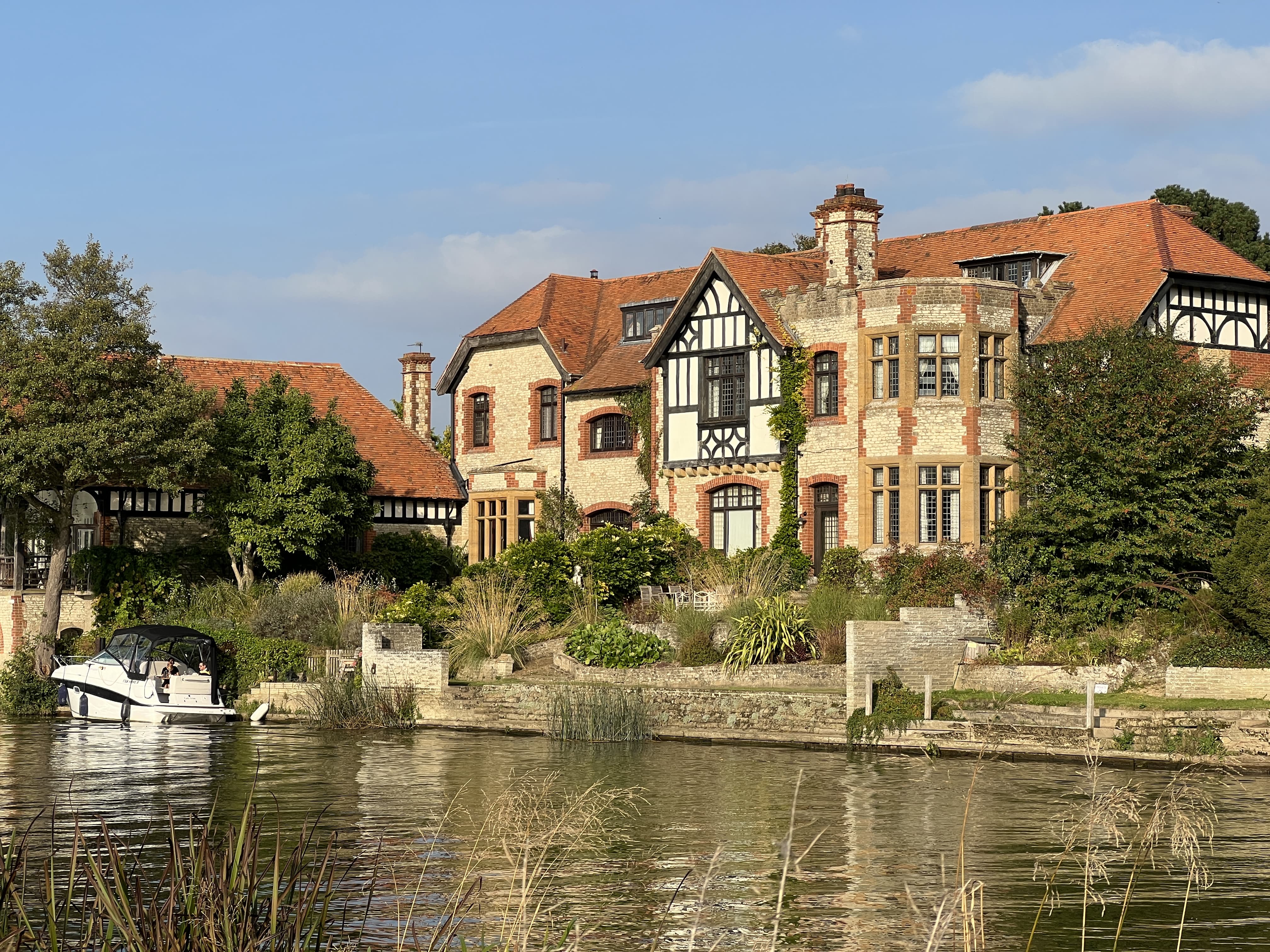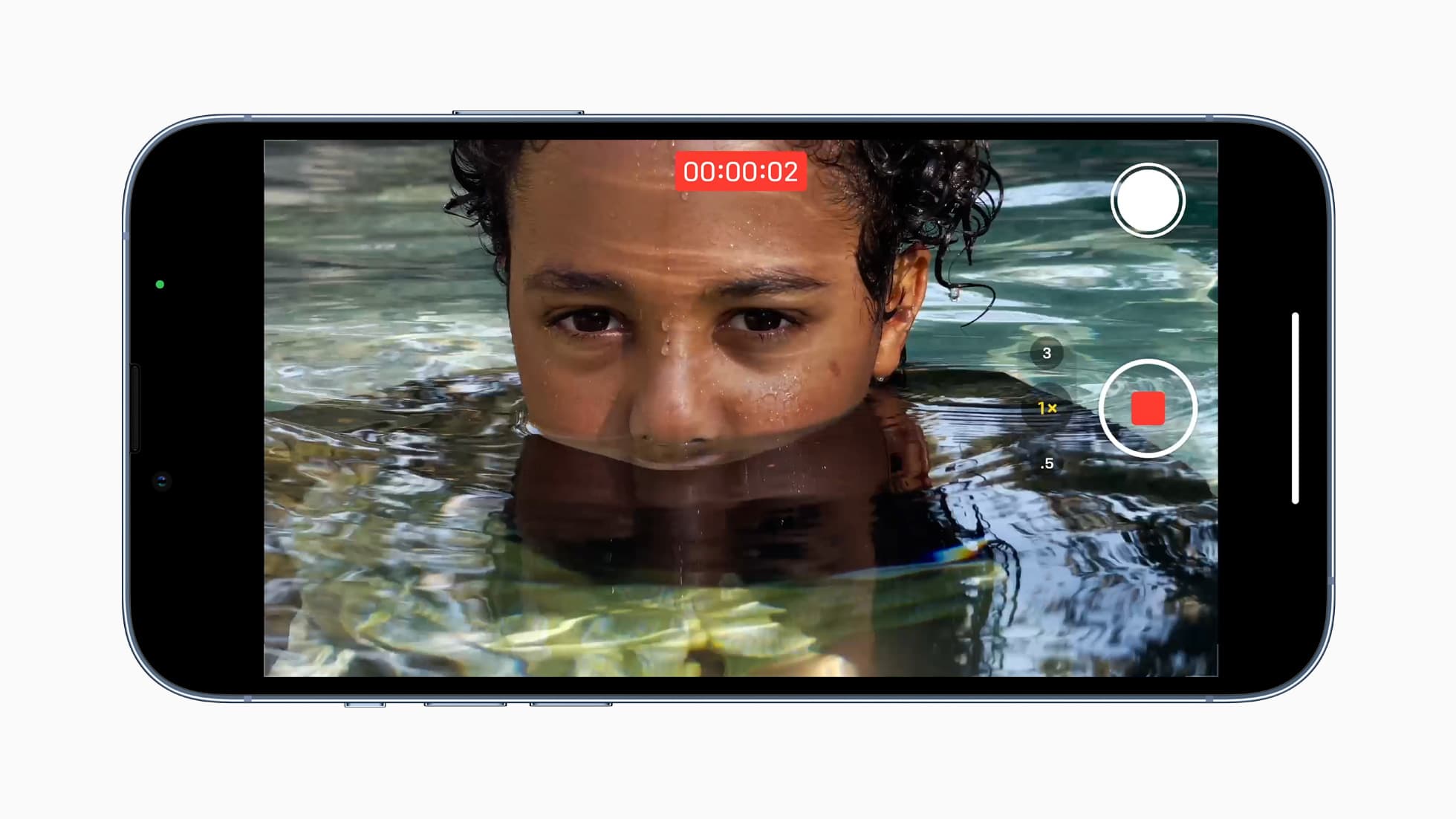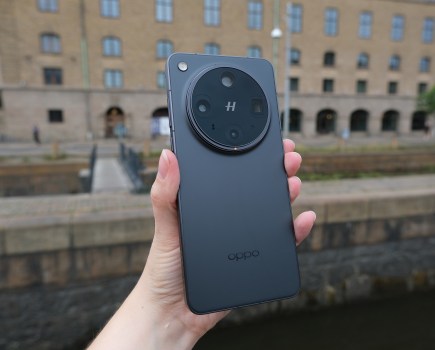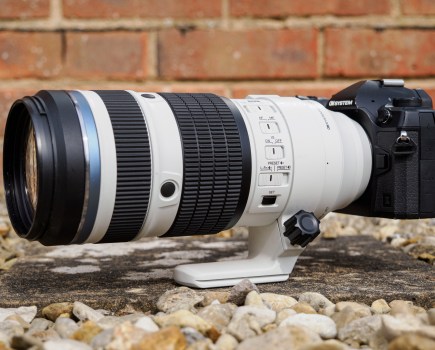Apple has established a cycle of announcing a new smartphone every September and this year brought the iPhone 13 series with a host of upgrades. While the telecommunication and navigation technology is of note, it’s always the camera specifications that attract the most attention. This year the Apple iPhone 13 Pro and bigger iPhone 13 Pro Max have exactly the same camera system and, preferring something more pocketable and a tad lass expensive, I’ve opted for the iPhone 13 Pro. Will this phone do enough to make it on to the list of the best iPhones.
Apple iPhone 13 Pro At a glance
- iOS smartphone
- 6.1in screen
- Three lenses: 13mm, 26mm, 77mm
- 12MP sensors
- 5.9x optical zoom
- Choice of four colours
- from £949 (128GB)
- https://www.apple.com
Apple iPhone 13 Pro Hardware and design
Like the iPhone 12 Pro, the iPhone 13 Pro has a 3-camera system, but the new model makes the biggest step up in camera technology that Apple has ever made. Firstly, although the cameras all have the same 12MP resolution as the iPhone 12 Pro’s, the lenses and sensors are all new. They’re also powered by the brand new A15 Bionic chip which is claimed to be the ‘fastest chip in any smartphone’.
Starting with the iPhone 13 Pro’s ultra-wide camera, the focal length remains equivalent to 13mm, the same as the iPhone 12 Pro’s, but the aperture is f/1.8 rather than f/2.4. It’s also capable of focusing on subjects just 2cm away, which opens up the world of macro and close-up photography.
Next is the wide camera, which has the same 26mm effective focal length as the wide camera on the iPhone 12 Pro. This has also received a boost in the aperture size, up from f/1.6 to f/1.5 but the pixels are 1.9µm in size, which makes them the largest that has ever been used in an iPhone. That should give the default camera an advantage for noise control.
Lastly, there’s the telephoto lens which has been upgraded from a 52mm f/2.0 lens on the iPhone 12 Pro to a 77mm f/2.8. It means there’s a drop in the aperture size but a nice increase in the focal length. Consequently, the iPhone 13 Pro has a 5.9x optical zoom range, however, there’s also a 15x digital zoom function for stills and a 9x digital zoom for video.
For the first time in an iPhone, all three of the cameras are stabilised with the ultra-wide camera using sensor-shift stabilisation and the wide and telephoto cameras having dual optical stabilisation.
Initially, the iPhone 13 Pro looks identical to the phone it replaces, but careful examination reveals that the cameras are bigger and the buttons on the side have moved a little making it incompatible with older iPhone Pro cases.
As before, the flat edge of the iPhone 13 Pro has steel band while the front cover is protected by a Ceramic Shield that is said be tougher than any other smartphone glass – sadly that hasn’t stopped mine picking up a small scratch.
The display is a Super Retina XDR OLED that measures 6.1in across the diagonal and with 2532 x 1170 pixels, it gives a clear view with a pleasing level of detail. It also copes very well with bright ambient light and it’s possible to see details when the screen is held in direct sunlight on an October day.
Smartphones are prone to taking the occasional dip, but thanks to its IP68 rating for dust- and water-sealing, the iPhone 13 Pro should survive the experience.
Apple iPhone 13 Pro Camera App
Anyone who has used an iPhone recently will feel instantly at home with the iPhone 13 Pro’s native camera app. The shooting modes; Time-Lapse, Slow-Mo, Cinematic, Video, Photo, Portrait, and Pano are arranged at the bottom of the screen, above the prominent shutter button icon, and it’s just a case of swiping them left or right to select the one you want. In Time-Lapse, Photo and Portrait mode there’s a small arrow at the top of the screen that allows access to other settings with a tap. It’s very easy to get to grips with it all.
If Apple ProRAW is select via the phone’s Setting menu, there’s the option to turn on DNG raw file shooting in Photo mode. However, using that option rules out using one of new introductions brought by the iPhone 13, Photographic Styles. These are essentially the pictures styles we’re used to seeing on cameras and they can’t be applied post-capture. They’re subtler in effect than the filters and there’s control available over the Tone and Warmth of each.
The Cinematic mode is like Portrait mode for video, it enables the computational aperture and depth of field to be adjusted for Full HD video. You tap on the screen where you want the focus to be and set an aperture setting that gives the degree of blur that you want. Then, once you start recording, you can shift the focus with a second tap.
In Photo and Portrait mode the iPhone 13 Pro activates Night mode automatically when it detects low light levels, showing a yellow icon in the top left of the screen. This triggers the camera to take a series of exposures over a longer period (typically 1 or 2 seconds but it can be longer) and then composite them quickly into one image.
Apple iPhone 13 Pro Image Quality
The 26mm wide camera is the default unit on the iPhone 13 Pro and it delivers impressively good results with plenty of impact and attractive colours that don’t look too saturated but are still vibrant. In the absence of a white balance control in the native camera app, I often use the Warm Photographic Style and it delivers nice results in many instances.
It only takes a tap on the screen to slip between the three cameras and aside from the change in framing, the images are a great match for each other on the iPhone screen. Examining images in more detail on a computer monitor reveals that the wide camera is the best of the bunch, capturing the most natural detail, but none of them really disappoint. The raw files also look a little more natural when examined on a computer screen, and have more scope for adjustment, but don’t expect to pull back high amounts of highlight detail. It will be interesting to see how much flexibility ProRes recording brings for video when it comes later this year.
On the subject of highlights, these are lost a bit quicker than with a DSLR or mirrorless camera, and very bright areas of a blue sky can cause problems, but overall the iPhone 13 Pro balances the exposure well and has decent dynamic range.
Thanks to the large apertures and Deep Fusion technology which carries out pixel-by-pixel analysis, the iPhone 13 Pro usually produces very good results in low light and the stabilisation does an excellent job of compensating for shake from hand-holding the phone.
Alternatives and Value For Money
The 128GB iPhone 13 Pro is available for £949 (sim-free, unlocked), £1,049 256GB, £1,249 512GB, and £1,449 for the 1TB version, this makes it a similar price to other premium smartphones depending how much storage you choose. Alternatives to look at include the Samsung Galaxy S21 Ultra, which benefits from 2 telephoto lenses, and is available for around £1049. A cheaper alternative is the Sony Xperia 5 III, available for £899, and offers 2 telephoto options, with advanced video modes.
Apple iPhone 13 Pro Verdict
Although not dramatically different, the image quality from iPhone 13 Pro is better than that from the iPhone 12 Pro as the contrast is managed slightly better so there’s less of an ‘HDR look’ to some shots.
The new Cinematic mode can work well, but it needs to be used with care as any mistakes in the selection of the subject and the transition to blur are more obvious in a moving image than they are in a still. However, it’s an interesting development that I’m sure will improve with time.
When shooting stills, the iPhone 13 Pro does a great job of identifying the subject and focusing on it quickly even in very low light. It also manages create natural-looking shallow depth of field effects in many instances, even dealing with fuzzy subjects like fur and hair effectively in many cases.
It’s hard to justify upgrading from the iPhone 12 Pro to the iPhone 13 Pro, but if you’re an iPhone fan and you want the best image quality, the iPhone 13 Pro (or iPhone 13 Pro Max if you’re looking for something bigger), is the one to go for.


